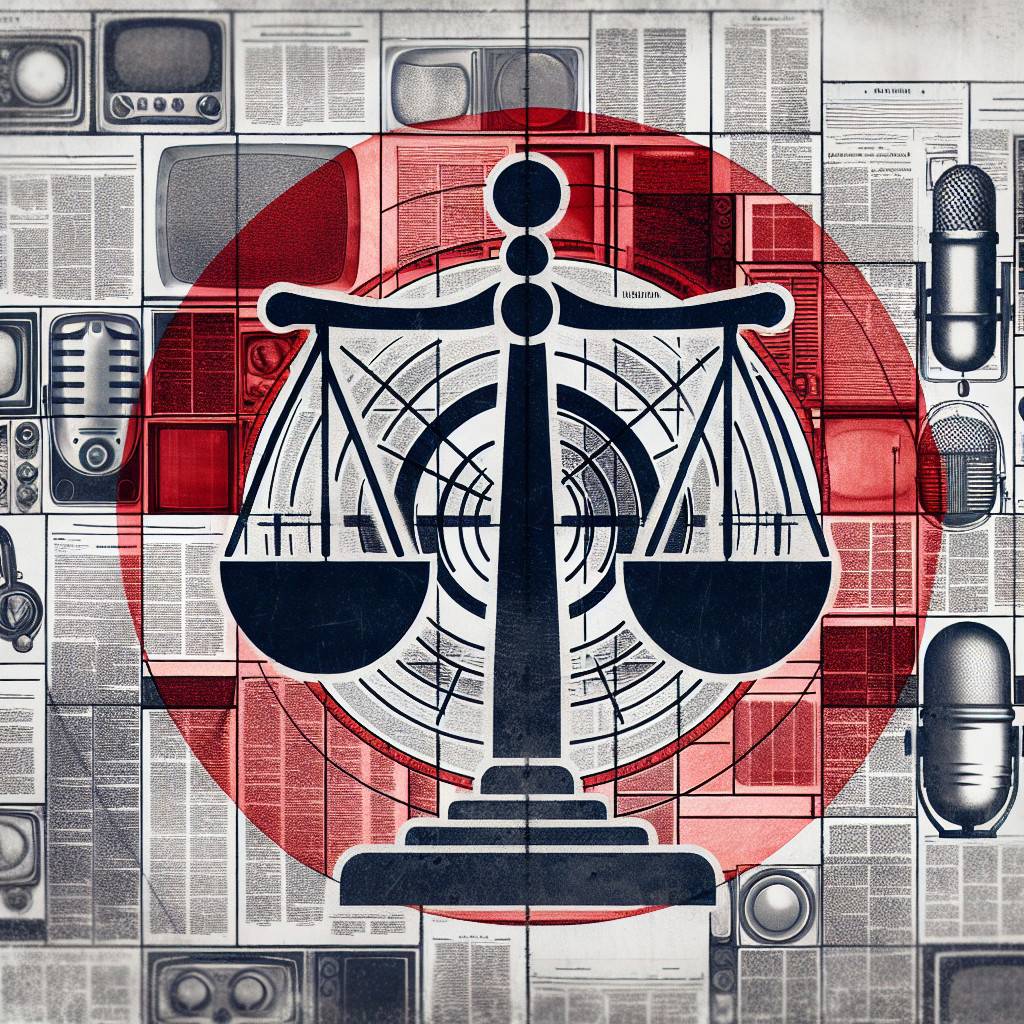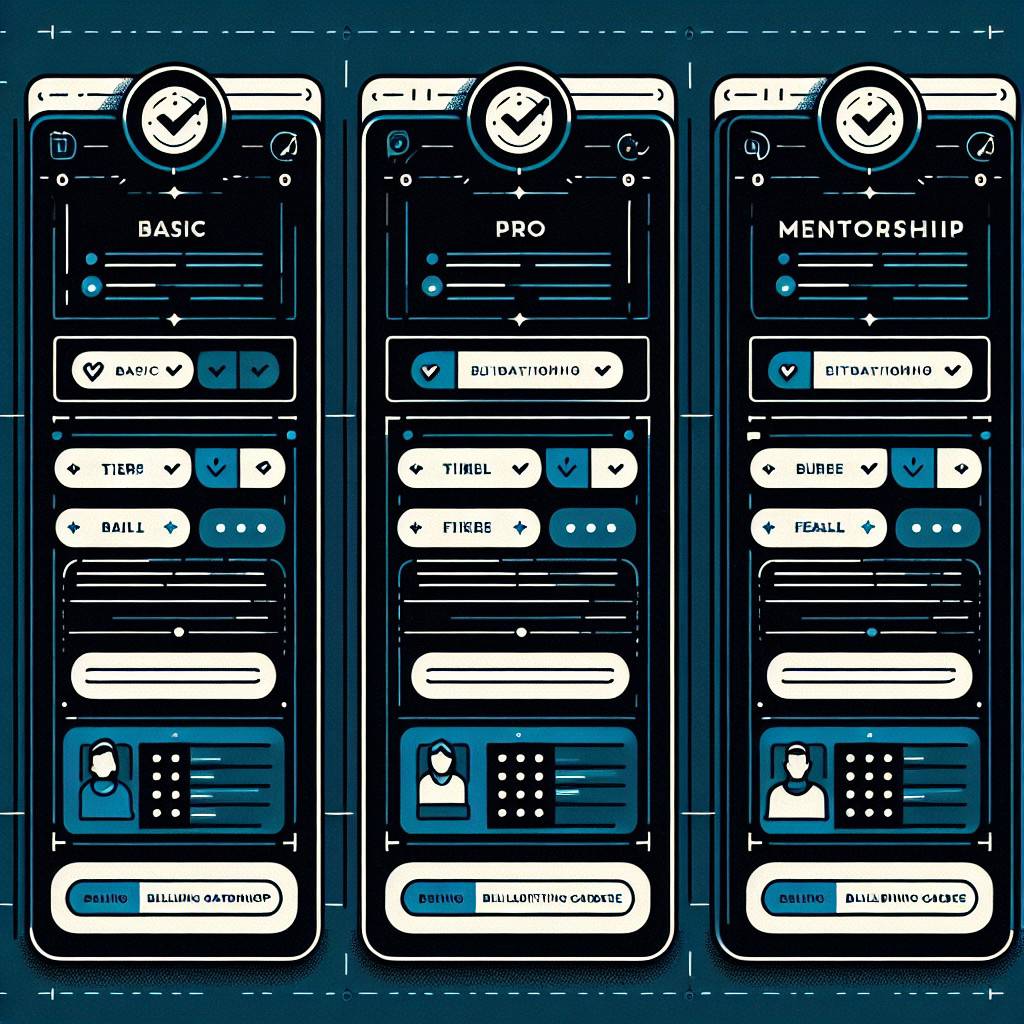
Introduction: How to find the authoritative starting point for verified information on the case
When you search for the Tyrone Brown case, the first challenge is separating rumor from record. The most reliable starting point is the official website or the court system’s primary record. Your goal is to trace information back to its provenance—who published it, under what authority, and with what documentation.
If you’re specifically looking for the tyrone brown case official website, prioritize domains run by relevant courts, government agencies, or a formally established legal defense/advocacy organization. Then corroborate those pages against public records and recognized legal repositories.
Before you bookmark anything, verify ownership, look for citations to docket numbers, and confirm that the site links to original filings or authenticated copies. This approach reduces the risk of sharing outdated or misleading pages.
Quick Summary: What an official case site should include and how to spot impostors
A legitimate official site for a case will generally include clear ownership, direct references to the court docket, and consistent updates. Use the following guide as a fast filter before you rely on any page:
- Ownership & masthead: Transparent about who operates the site (court, public defender, family foundation, or registered nonprofit).
- Primary documents: Links to filings, orders, and transcripts—ideally with case numbers and filing dates.
- Press & statements: Verified press releases, media kits, and contact channels.
- Change log: Timestamps or an updates page showing a regular cadence aligned with court activity.
- Accessibility & security: Secure HTTPS, a readable privacy policy, and an ADA-conscious layout.
Red flags for impostors include aggressive pop-ups, donation requests without accountability, no physical address, typosquatted domains, and pages that recycle news with no sources. When in doubt, cross-check details with recognized sources such as CourtListener and Google Scholar.
Sponsored partner links (not an official case site): Explore research checklists and media-literacy resources via Tyrone Brown London and Tyrone Brow UK.
Verification Checklist: Domain clues, contact details, update cadence, and citation standards
Use this practical checklist to validate any page that claims to be the official website for the Tyrone Brown case:
- Domain and SSL: Prefer government or institutional domains when applicable (.gov, .us, .org with clear governance). Confirm HTTPS, HSTS, and a valid certificate. Test via SSL Labs.
- WHOIS ownership: Review registrant details to identify the organization behind the domain. Check via ICANN Lookup.
- Physical presence: Look for a verifiable address, an organizational email (not just a web form), and a phone number with office hours.
- Editorial signals: Pages list sources, docket numbers, and dates. Updates match known court milestones.
- Citation standards: References include case captions, jurisdictions, and file stamps. See best practices in our citation examples and Wikipedia’s citing sources guide.
- Press handling: A newsroom section clearly separates statements from reporting and links to primary evidence.
Document your verification steps so you can demonstrate due diligence if you later cite or share the page.
Essential Sections to Look For: Case summary, timeline, court documents, and media archive
Authentic case hubs share a standard structure that makes verification easier. Here’s what you should find and why it matters:
- Case summary: A concise, neutral overview anchored by docket numbers, jurisdictions, and dates.
- Timeline: Chronology of filings, hearings, rulings, and appeals with links to documents where possible.
- Court documents: Filings, orders, judgments, and certified copies. Cross-check via RECAP on CourtListener and GovInfo when available.
- Media archive: Press releases, interviews, and coverage with source attribution. Reputable sites differentiate statements from media reports.
- About & governance: Mission, leadership, and funding disclosures that establish accountability.
If a site omits these building blocks, proceed carefully and verify details through independent repositories and court portals.
How to Cite and Share Responsibly: Avoiding misattribution and preserving context
When your research surfaces the tyrone brown case official website, cite it in a way that preserves context, provenance, and version history. Always link to the most authoritative version of a document and record the access date.
- Prefer primary documents: Link to the court-hosted PDF or an authenticated mirror. Include case number, court, and filing date.
- Quote accurately: Use short quotes with page or paragraph numbers. Avoid cherry-picking language or removing exculpatory context.
- Label interpretations: Distinguish your analysis from the facts in the document.
- Use consistent style: Keep a site-wide style guide; see editorial style examples (HubSpot) and our house style.
- Archive your sources: Save a copy and an archive link (see below) so your citations remain valid over time.
Responsible sharing reduces misattribution risks and makes your work easier to verify.
If the Site Is Down: Using web archives and primary repositories safely
Even authentic sites can experience outages. If the page you need is offline, use reputable archiving tools to retrieve historical versions while you confirm accuracy against official repositories.
- Wayback Machine: Enter the URL at archive.org and examine snapshots across dates.
- Perma.cc: For durable citations, consider Perma.cc links created by institutions.
- Cross-verify: Compare archived pages with CourtListener, Google Scholar, or official court portals before relying on them.
- Note capture dates: Archival content reflects the site at a point in time. Always list the snapshot date alongside your citation.
When possible, replace archived links with live, primary URLs once the official site returns.
Staying Updated: Alerts, newsletters, and court docket subscriptions
Cases evolve. To avoid relying on stale information, set up alerts and subscribe to vetted channels that track filings and rulings in near real time.
- Google Alerts: Create precise queries like ‘”Tyrone Brown” docket’ or ‘site:.gov “Tyrone Brown”‘ via Google Alerts.
- Legal repositories: Follow case trackers on CourtListener Alerts and subscribe to RSS when available.
- Court dockets: Where applicable, consult official portals and subscribe to docket updates. See our primer on using PACER efficiently.
- Official newsletters: If an advocacy organization or foundation runs the site, sign up for its email updates to receive verified statements and document releases.
Centralize alerts in a dedicated folder so you can quickly compare statements with primary filings.
Conclusion: A safer path to reliable, up-to-date information
Finding the tyrone brown case official website is ultimately about validating authority and continuity. Start with domains you can prove, confirm claims against primary records, and document your process.
By leaning on official dockets, reputable legal repositories, and transparent site operators, you minimize misinformation while preserving context. The result is research you can share—and defend—with confidence.
FAQ: Authenticity questions, contact methods, and archiving basics
Q: How do I confirm I’m on the official website?
A: Verify the operator (court, government, or registered organization), check for case numbers linking to primary documents, and validate the domain and SSL. Cross-reference with CourtListener or a court portal.
Q: What if two sites both claim to be official?
A: Compare ownership, governance, and citations. The site that consistently links to primary filings and shows transparent organizational details is more authoritative. Use WHOIS and look for a formal masthead.
Q: How can I contact the site owners?
A: Look for an email on the same domain, a physical address, and a phone number with office hours. If absent, treat the site as informational only and corroborate elsewhere.
Q: Are archived pages reliable?
A: They’re useful for history, but always verify against current primary records. Cite the snapshot date and replace with live sources when possible.
Q: Can I share screenshots on social media?
A: Yes, but include the source URL, access date, and context. Avoid cropping out captions or footers that provide essential provenance.
Q: Do name-similar domains indicate authenticity?
A: No. Typosquatting and brand mimicry are common. Always validate through ownership records and links to official dockets.


No Comments